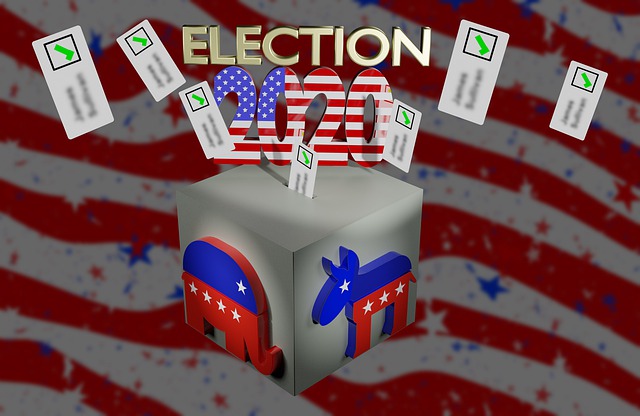
More Free Educational Resources for Nonprofits
07.08.2025 | Linda J. Rosenthal, JD

This election season includes important candidate races at all levels of government. But also on the ballot in California are numerous ballot propositions.
It’s easy to assume that the political ban in section 501(c)(3) on campaign activities would apply to all of the items on which voters have a choice when they enter the voting booth. Ballot initiatives, however, are not treated the same as candidate races. Section 501(c)(3) public charities are permitted to: “initiate ballot measures, react to measures proposed by others, and support or oppose ballot measures and encourage the public to vote accordingly.
In Ballot Measures and Public Charities: Yes, You Can Influence That Vote, the experts at Bolder Advocacy explain: “Organizations may propose ballot measures (including initiatives) and collect signatures so a ballot measure can be certified.” 501(c)(3) organizations that are classified as “public charities” are permitted to “… challenge the certification of any proposed ballot measure or oppose indirect initiatives by lobbying the legislative body. Additionally, even though public charities cannot support or oppose candidates for public office, they can urge voters to support or oppose particular ballot measures.”
Although ballot initiatives are a key element in any election season in California, they are not viewed by the Internal Revenue Service under the same prism as activities in support of or in opposition to candidate races; namely, the 100% ban against political campaign activities.
The rationale is that voters act as citizen-legislators when they approve or vote against a particular ballot measure. Accordingly, the less restrictive lobbying rules and restrictions are triggered.
Public charities are allowed to engage in a certain amount of lobbying, depending on which of two calculations it uses: either the “insubstantial part test” or the “501(h) expenditure test.”
If an organization uses the “insubstantial part test,” then any attempt to influence legislation, including ballot measure activities, is considered lobbying. Under the alternative “501(h) expenditure test,” lobbying is divided into two categories: “direct lobbying” and “grassroots lobbying.” Ballot-measure work is considered direct lobbying under the 501(h) expenditure test.
Generally, whether a public charity uses the “insubstantial part test” or the 501(h) election, the organization is allowed to: “publicly endorse or oppose ballot measures; propose ballot measures; draft language for ballot measures; organize volunteers to gather signatures on petitions; send staff to gather signatures or conduct other ballot measure campaign work; contribute money to ballot measure campaigns; loan money to ballot measure campaigns; host ballot measure campaign events at their offices; and register people to vote and encourage them to vote for or against a ballot measure.”
A note of caution, though: Many states, including California, view ballot measure activity as an “electoral” activity and require those who work on ballot measures to report all contributions and expenditures under campaign finance and disclosure laws.
– Linda J. Rosenthal, J.D., FPLG Information & Research Director
